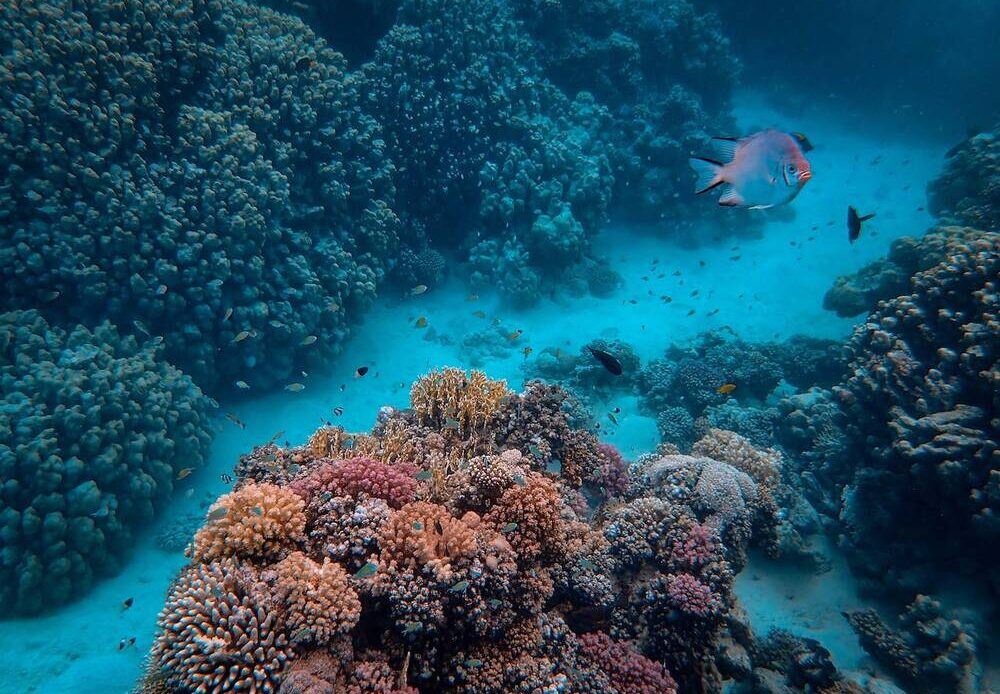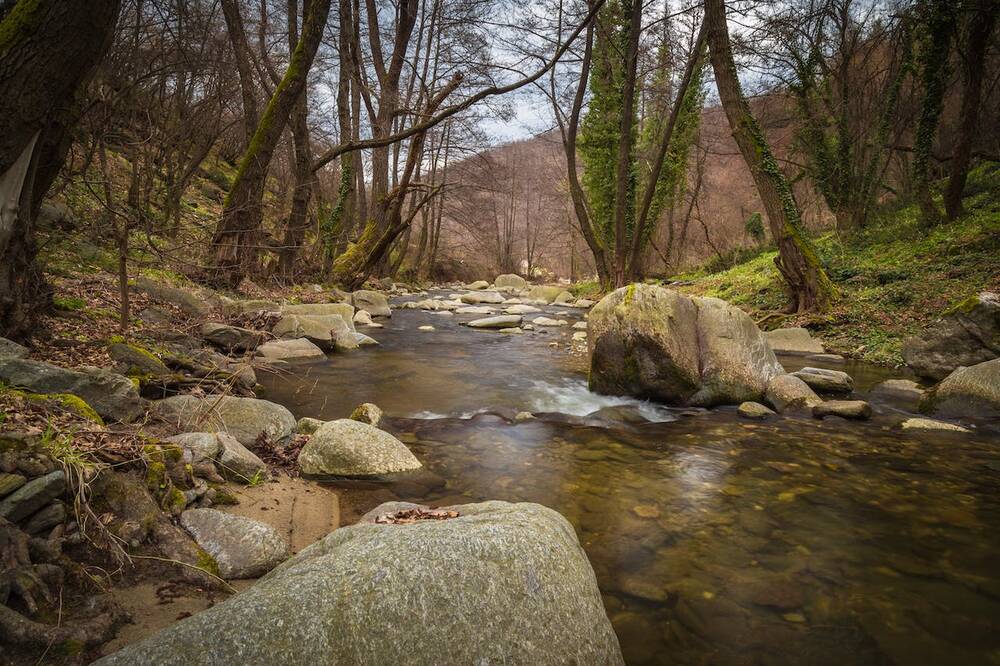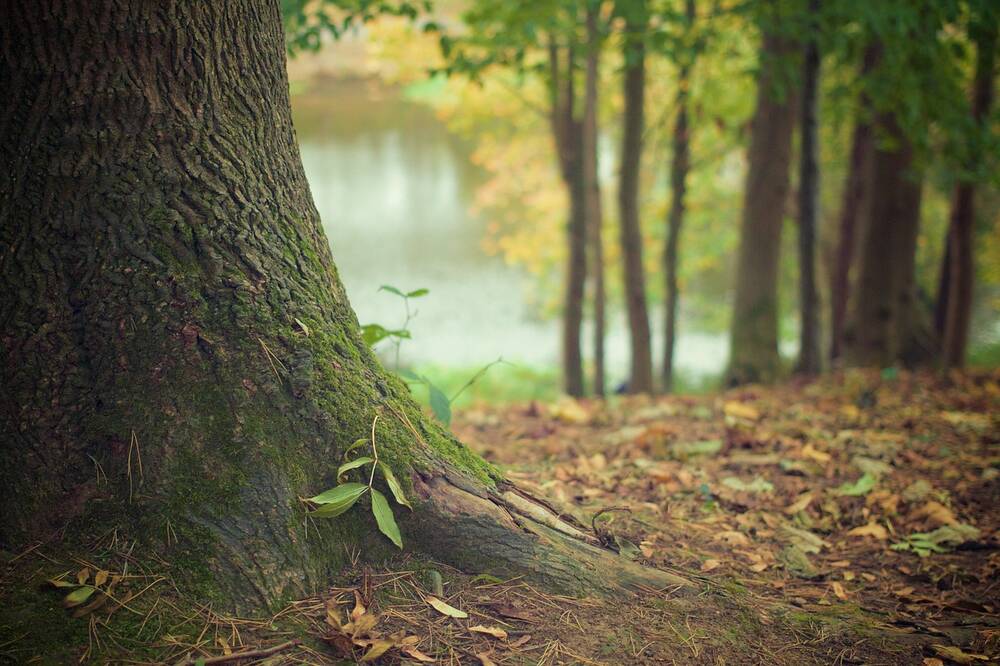When it comes to the UK’s natural environment, many people often think of lush greenery, rolling hills, and expansive countryside. However, the UK is also home to a variety of rare habitats that play a crucial role in supporting native flora and fauna. In this article, we’ll take a closer look at what these rare habitats are, why they’re so important to protect, and explore some specific examples of them in the UK.
Understanding Rare Habitats in the UK
Before we dive into specific examples of rare habitats in the UK, it’s important to first understand what these habitats are and why they’re so unique. Rare habitats are defined as areas that are either uncommon or have restricted distributions within the UK. These habitats can be found in both terrestrial and aquatic environments and often support a range of rare or threatened species that rely on them to survive. The habitat’s rarity plays a big part in determining the value of the biodiversity credits.
Defining Rare Habitats
When we talk about rare habitats, we’re referring to areas that are either geographically restricted, highly specialized, or both. These habitats are often home to unique plant and animal communities that cannot be found anywhere else in the UK. In some cases, these habitats may only exist within a narrow band of environmental conditions, such as specific soil types or water chemistry.
For example, one rare habitat that can be found in the UK is the blanket bog. This type of habitat is characterized by a layer of peat moss that covers the ground and is home to a variety of plant species, including heather, cotton grass, and bog myrtle. Blanket bogs are found in areas with high rainfall and low temperatures, such as the uplands of Scotland and Wales. They play an important role in carbon storage and water regulation, as well as providing habitats for a range of bird species, including golden plovers and curlews.
The Importance of Protecting Rare Habitats
Protecting these rare habitats is crucial for a number of reasons. First and foremost, they provide vital ecosystem services such as water filtration, carbon storage, and nutrient cycling. Additionally, they provide habitats for a range of rare or threatened plant and animal species, many of which are found nowhere else in the UK.
For example, the salt marshes found along the coast of the UK are a rare habitat that supports a range of unique plant and animal species. These habitats are characterized by their ability to tolerate high levels of salt in the soil and water and are home to species such as sea lavender, samphire, and the saltmarsh grasshopper. They also provide important feeding and breeding grounds for a range of bird species, including wading birds like redshanks and curlews.
By protecting these habitats, we’re not only preserving our natural heritage but also promoting biodiversity and ensuring the survival of vulnerable species.
Threats to Rare Habitats in the UK
Despite their importance, rare habitats in the UK face a range of threats. These include habitat fragmentation, loss of connectivity, pollution, and climate change. Human activities such as agriculture, urbanization, and infrastructure development can also have a significant impact on these habitats.
For example, the chalk grasslands found in southern England are a rare habitat that is under threat due to intensive agriculture and urbanization. These habitats are characterized by their thin layer of soil and unique plant communities, including orchids, cowslips, and harebells. They also provide important habitats for a range of butterfly species, including the Chalkhill blue and the Adonis blue.
To protect these rare habitats, we must take a proactive approach to conservation and work to mitigate these potential threats.
Coastal and Marine Habitats

1. Seagrass Meadows
Seagrass meadows are a type of marine habitat that are found in shallow, sheltered areas along the UK coastline. These habitats are characterized by their lush beds of seagrass, which play a critical role in supporting a range of marine life, including fish, crustaceans, and molluscs. Seagrass meadows also help to stabilize sediments and reduce coastal erosion. Unfortunately, these habitats are under threat from pollution, coastal development, and climate change.
2. Sabellaria Reefs
Sabellaria reefs are another type of marine habitat found along the UK coastline. These reefs are formed by tiny tube-building worms called Sabellaria alveolata, which secrete a substance that binds together sand and shell fragments. These reefs can support a diverse range of marine life, including fish, crustaceans, and molluscs. Unfortunately, these habitats are under threat from coastal development, dredging, and trawling.
3. Maerl Beds
Maerl beds are a rare type of marine habitat that is found in shallow, nutrient-rich waters along the UK coastline. These beds are characterized by their pink, calcium carbonate-rich algae that provide a habitat for a range of marine life, including fish, crustaceans, and molluscs. Maerl beds also play a critical role in carbonate production and carbon sequestration. Unfortunately, these habitats are under threat from pollution, coastal development, and dredging.
Freshwater Habitats

4. Chalk Streams
Chalk streams are a unique type of freshwater habitat found in the UK and are characterized by their clear, fast-flowing waters. These habitats are home to a range of plant and animal species, including the iconic brown trout. Unfortunately, these habitats are under threat from over-abstraction, pollution, and habitat fragmentation. Conservation efforts are underway to protect these habitats, including the creation of riparian buffer zones and the restoration of natural river channels.
5. Oligotrophic Lakes
Oligotrophic lakes are another type of freshwater habitat found in the UK and are characterized by their low nutrient levels. These habitats support a range of rare and endemic plant and animal species, including the Arctic char and the Great Crested Newt. Unfortunately, these habitats are under threat from eutrophication, which can lead to algal blooms and oxygen depletion.
6. Fenland Pools
Fenland pools are a rare type of freshwater habitat found in the UK and are characterized by their shallow, seasonal nature. These habitats support a range of plant and animal species, including the Natterjack toad and the Four-spotted Chaser dragonfly. Unfortunately, these habitats are under threat from drainage and invasive species.
Terrestrial Habitats

7. Lowland Heathlands
Lowland heathlands are a rare type of terrestrial habitat found in the UK and are characterized by their acidic soils and open, scrub-free areas. These habitats support a range of rare plant and animal species, including the Dartford warbler and the sand lizard. Unfortunately, these habitats are under threat from habitat loss due to agriculture, urbanization, and afforestation.
8. Limestone Pavements
Limestone pavements are another type of terrestrial habitat found in the UK and are characterized by their distinctive, bare rock formations. These habitats support a range of rare plant and animal species, including the fly orchid and the Northern Brown Argus butterfly. Unfortunately, these habitats are under threat from quarrying and grazing.
9. Ancient Woodlands
Ancient woodlands are a rare type of terrestrial habitat found in the UK and are characterized by their age and continuity. These habitats support a range of rare and endemic plant and animal species, including the Bechstein’s bat and the Lesser Spotted Woodpecker. Unfortunately, these habitats are under threat from deforestation, urbanization, and invasive species.
In Conclusion
As we’ve seen, the UK is home to a diverse range of rare habitats that are crucial for supporting native plant and animal species. However, these habitats face a range of threats, including habitat loss and fragmentation, pollution, and climate change. By taking a proactive approach to conservation and implementing targeted conservation efforts, we can work towards protecting these critical habitats and ensuring their survival for generations to come.

